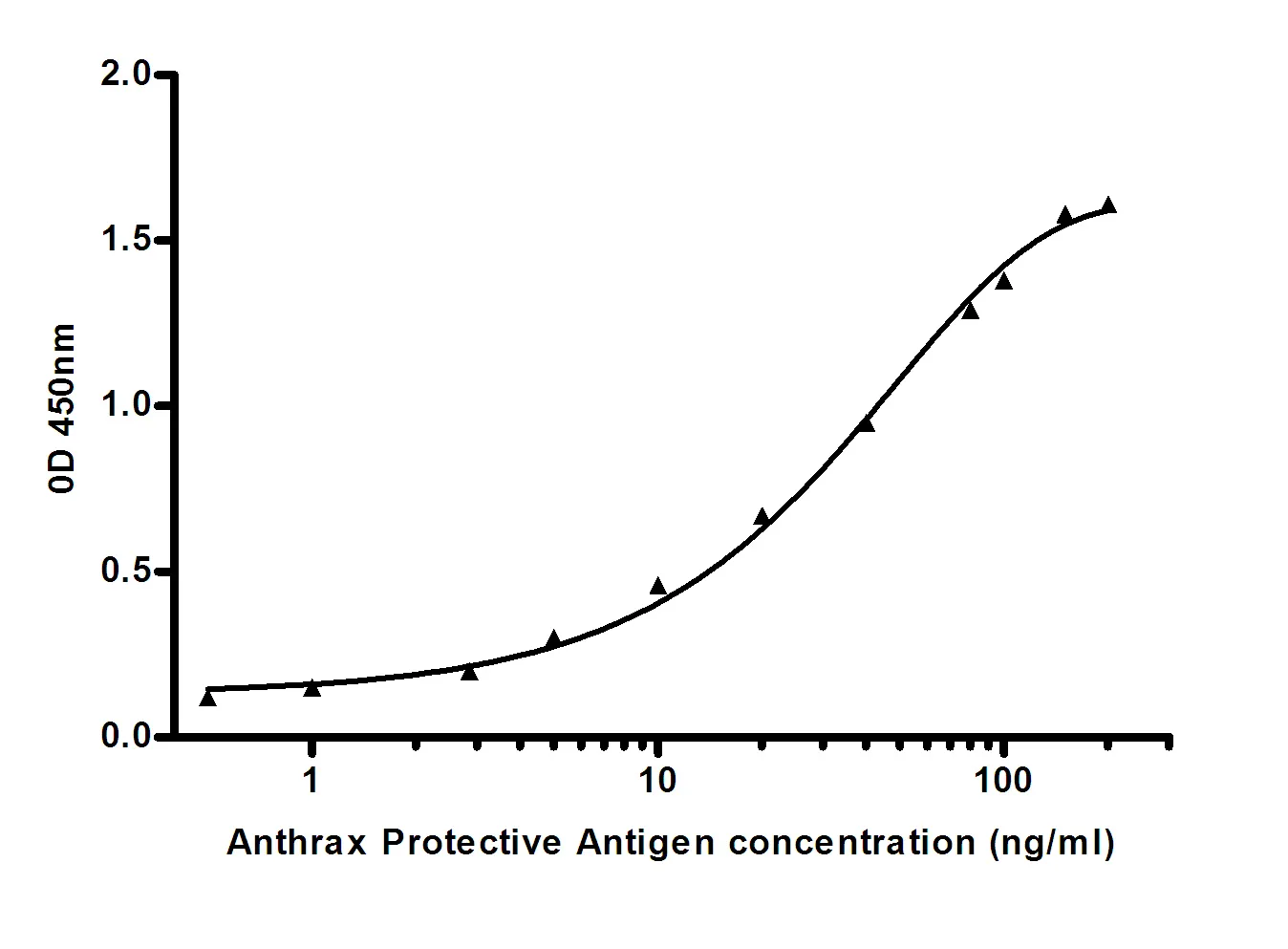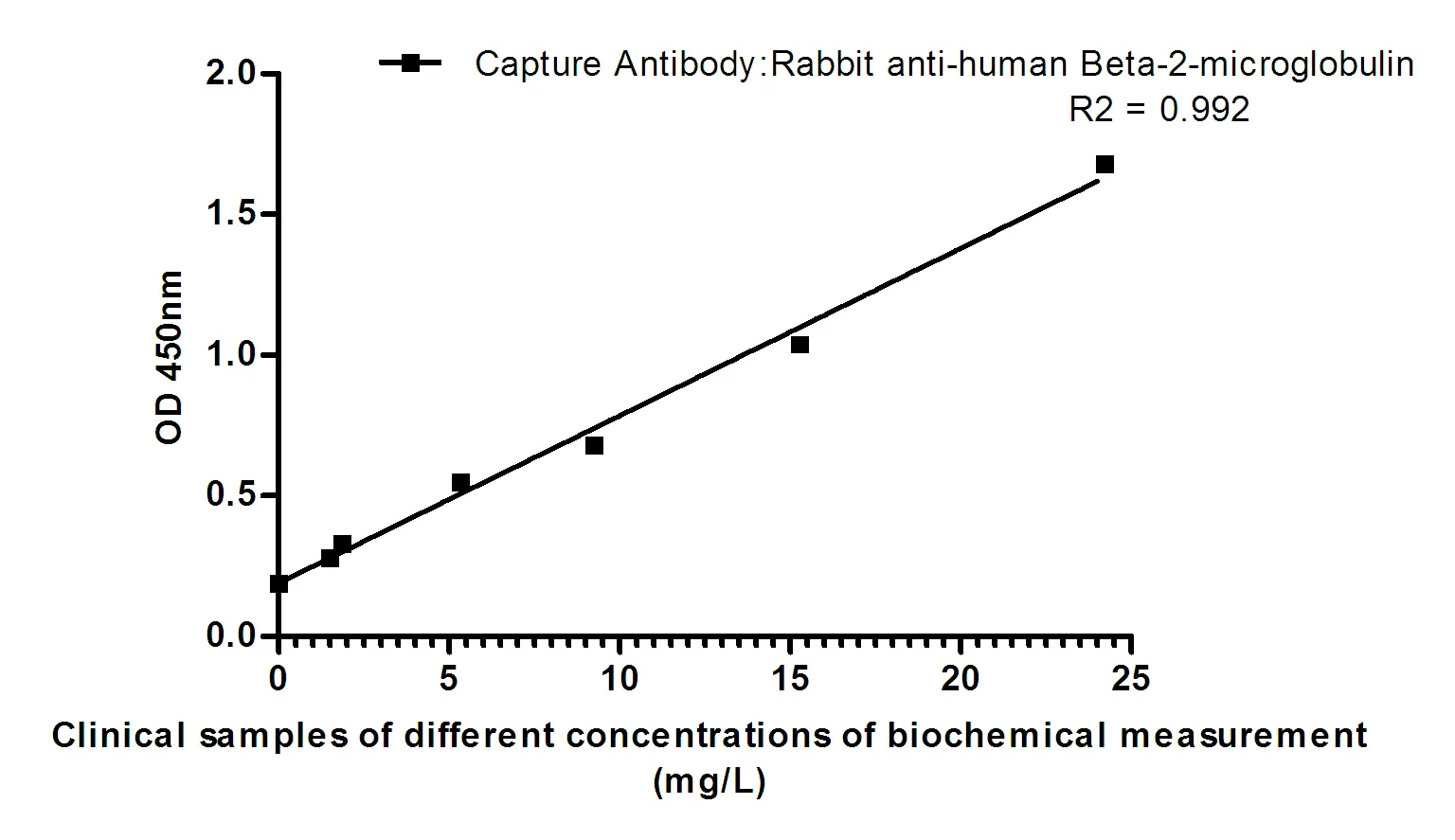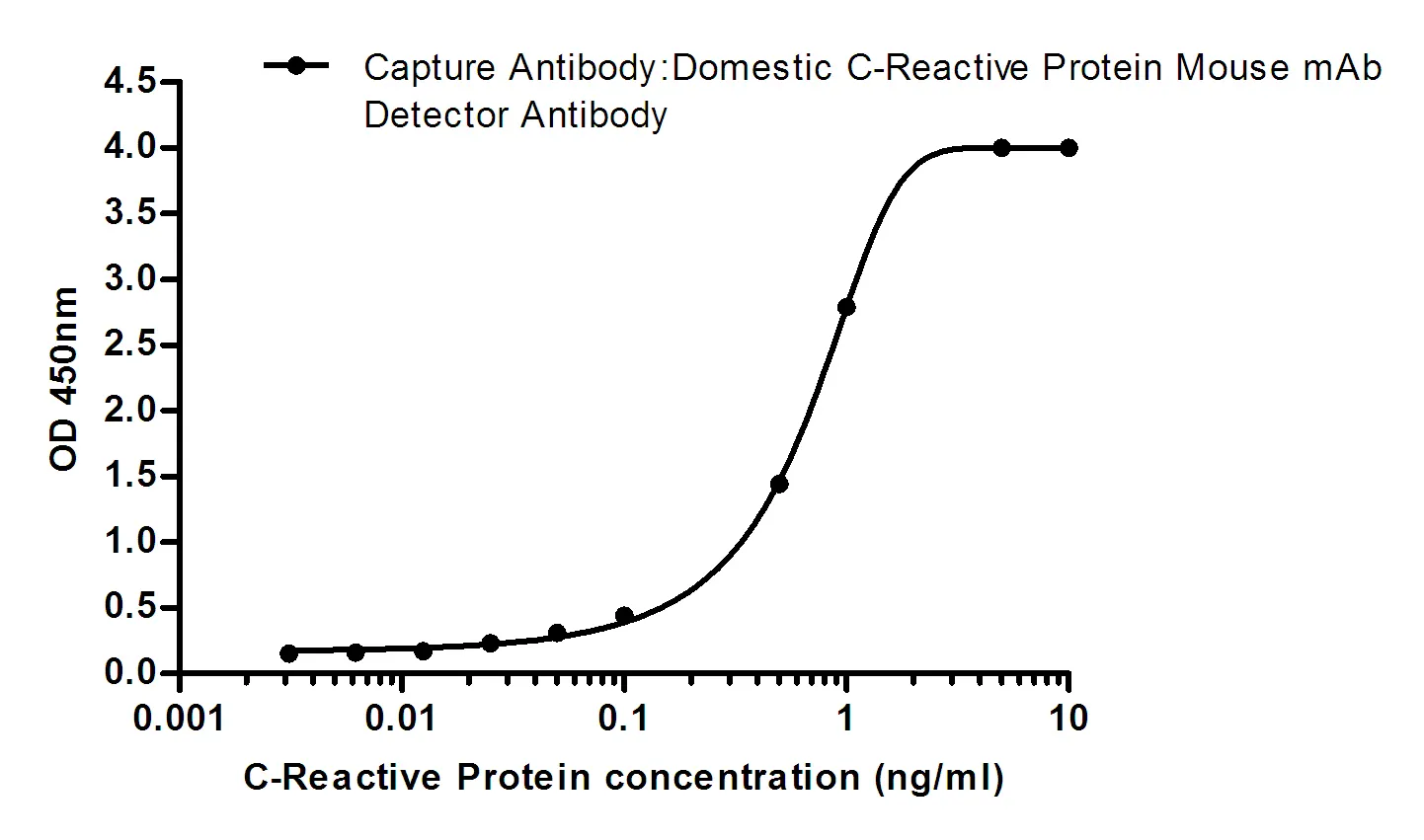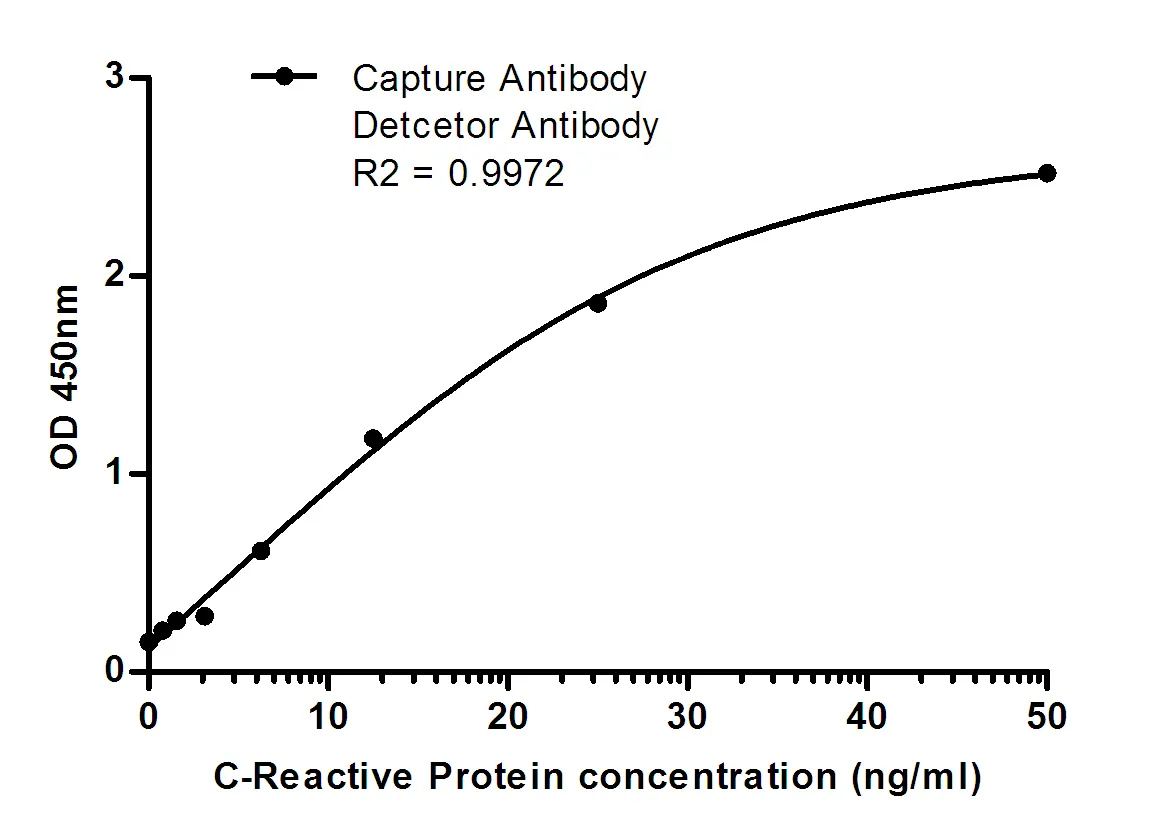Summary
Performance
Immunogen
Application
Background
FoxD3 is a member of the Forkhead Box family and is characterized by a winged-helix DNA-binding structure and the important role it plays in embryonic development . This transcriptional regulator is required for the maintenance of pluripotency in the pre-implantation and peri-implantation stages of mouse embryonic development and is also required for trophoblast formation . FoxD3 is required for the maintenance of the mammalian neural crest; FoxD3(-/-) mouse embryos fail around the time of implantation with loss of neural crest-derived structures . FoxD3 also forms a regulatory network with Oct-4 and NANOG to maintain the pluripotency of ES cells .Promotes development of neural crest cells from neural tube progenitors. Restricts neural progenitor cells to the neural crest lineage while suppressing interneuron differentiation. Required for maintenance of pluripotent cells in the pre-implantation and peri-implantation stages of embryogenesis .Tissue specificity: Expressed in chronic myeloid leukemia, Jurkat T-cell leukemia and teratocarcinoma cell lines, but not in any other cell lines or normal tissues examined .
Research Area




